As we are firmly entrenched in a new school year, the words Ted Lasso utters, as he heads to England, to coach a sport he has no experience ring in my ears:
Taking on a challenge is a lot like riding a horse, isn't it? If you're comfortable while you're doing it, you're probably doing it wrongWhen I first heard him say this my initial reaction was "Who is this guy?! Has he ever ridden a horse? And what kind of false sense of entitlement do you have to have to think you can coach at high levels of soccer with no experience!"
But, then I paused. And thought. That sense of discomfort is exactly what we need to grow. How often do I tell people: I try to take on a challenge each year that scares me - that makes me uncomfortable - that makes me push through to learn something new. At the start of the 2021-2022 school year, that horse-riding-challenge is exactly what we've been facing for the last year and a half as COVID has forced some pretty significant changes to our practice.
I realized pretty quickly that this show was going to make me think in unexpected ways.
Expectation
In the world of education, we start out the year back in the saddle, a sense of discomfort as we struggle a bit to find our rhythm. When we enter the classroom for the first time in the school year, it's not unlike Ted first stepping foot in AFCE Richmond locker room."I do love a locker room. It smells like potential" Ted says "am I getting notes of Axe body spray."If you teach 8th or 9th grade that is probably exactly how your room smells once your room is filled with the bustle of the school year.
We have expectations for how things will go, for the content that we will cover, for the students we encounter. I wonder, how often we pause to consider deeply our own expectations for ourselves.
In the book Mentoring Matters: a Practical Guide to Learning Focused Relationships authors Laura Lipton and Bruce Wellman share the Ellen Moir's "Phases of a first-year teacher's attitude towards teaching". This graphic demonstrates that a typical first year teacher moves through anticipation into survival and disillusionment fairly quickly in the school year. Through predicting this pattern, a coach or mentor can intervene at strategic places to provide help and to provide support as a new teacher adjusts to their own expectations of the school year and their students.
A modified Moir graphic might look like this:Veteran teachers may experience a "honeymoon phase" in the beginning, where they are getting to know their students and more gradually reach that disillusionment dip through the hard months of winter where they are wavering back and forth between disillusionment and survival
Of course, it's probably more accurate that veteran teachers move back and forth between these phases through the year as they get a chance to find some time to reflect and relax during winter break.
Hitting the disillusionment dip maybe a few times a year, but not to the extreme that a new teacher might experience it. It is human to feel disillusioned at times through the year. Things can get hard, and sometimes it hits us out of nowhere.
It would be helpful at the start of the year to take some time to reflect on your past years of teaching and look for the patterns of disillusionment and create your own yearly phase chart.
Doing this will allow you to predict those times of the year where you might need a boost.
This is where being grounded in your personal Core Values can really help you.
In our "Anticipation" phase of the year we can remind ourselves of our Core Values for teaching. Lasso says: It would be helpful at the start of the year to take some time to reflect on your past years of teaching and look for the patterns of disillusionment and create your own yearly phase chart.
Doing this will allow you to predict those times of the year where you might need a boost.
This is where being grounded in your personal Core Values can really help you.
Understanding your Core
Lasso carries this word with him across an ocean, across experiences and posts it in a place he can see it and touch it.I believe in hope. I believe in Believe.
In the book Onward: Creating Emotional Resilience in Educators Elena Aguilar says “When you know yourself well - when you understand your emotions, social identities, core values, and personality - you gain clarity on your purpose in life and in work. Being anchored in purpose makes you able to deal with setbacks and challenge."
Take a moment to write down your Core Values as an educator. Aguilar has a great list of words that might help you.
It may help to take this all a step further and work to really know yourself. Understanding our own personality and sociopolitical identity can help us as we consider our needs at work. Taking time to dive deep into something like the Myers Brigg or Enneagram might help you understand your core motivations and give you a chance to reflect on times you may need to pump the brakes and pause for yourself. According to Aguilar in Onward “Sociopolitical identity refers to the social groups to which you belong - which may align to your race, ethnicity, gender, class, background and sexual orientation”
So, for example I am an INFP, Enneagram 8 (The Challenger), and GenX with core values that include
curiosity, meaningful work, and family. I NEED to decompress and recharge after talking with people, I also have to recognize that my energy is twice as high as I realize when I talk to people, and well sarcasm and a key under a fake rock by the front door are not appreciated by all people.
The ability to reflect on these things helps me identify when I need to adjust my approach or when I need to give myself a break.
If you understand your core and how your personality shapes your motivation and experiences this can help you identify sooner when you are headed into a disillusionment dip, and identifying the dip is half the battle.
The Need to Be Curious
From the very beginning of the series, Ted Lasso demonstrates an innate curiosity that helps to convey his sincerity, which is often surprising to others. Through the survival or honeymoon phase curiosity can serve us well.
In this scene, Ted meets Nate for the first time. He asks him his name, and Nate replies that "No one ever asks my name." Ted waits patiently to get his answer. This kind of sincerity and curiosity in knowing students can go a long way to build a culture of trust and respect. It could be just what one of your students needs to feel seen.
In this scene, Ted meets Nate for the first time. He asks him his name, and Nate replies that "No one ever asks my name." Ted waits patiently to get his answer. This kind of sincerity and curiosity in knowing students can go a long way to build a culture of trust and respect. It could be just what one of your students needs to feel seen.
"Barbecue Sauce"
Not only do we need to be curious - not judgmental - with our students, but we also need to do the same with ourselves.
In Rising Strong:How the Ability to Reset Transforms the way we Live, Love, Parent and Lead, Brene Brown says that “Curiosity is a Shit-Starter. But that’s okay. Sometimes we have to rumble with a story to find the truth.”
As an extension of sorts, Aguilar in Onward encourages us to “embrace naturally curious disposition and view obstacles and challenges as opportunities for growth” We should ask ourselves when confronted with a conflict “what can learn from this moment? From this challenge...when you are curious you are open to ideas and you pursue solutions”.
The Importance of Curiosity in Disillusionment
Lasso experiences that in the first season and it is so beautifully and heartbreakingly illustrated here:
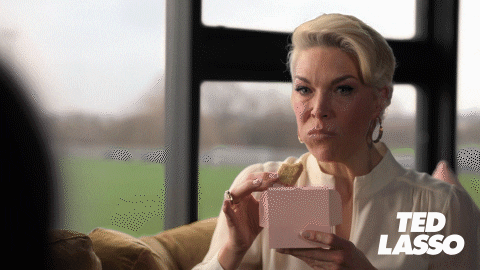 What can we do with our Disillusionment?
What can we do with our Disillusionment?
It's inevitable as humans, we will at some point experience the absolute pit of disillusionment at some point through our career. If we have done the work to know our typical yearly cycle, if we have identified our Core Values, and know ourselves, we can be proactive in getting ourselves out of the phase quicker. There is a connection between curiosity and creativity. Brown points out that “researchers are finding evidence that curiosity is correlated with creativity, intelligence improved learning and memory and problem solving."
Biscuits with the boss: this is one of those things in Lasso that is quirky and thoughtful. He spends time each night creatively perfecting the craft of biscuit making. He goes the extra mile to demonstrate that he cares for his position and for his boss. Lasso demonstrates his desire to thoughtfully understand and connect with others. Sometimes, simply doing something for another person that is out of the box, is enough to help us break the cycle of disillusionment.
Making and creativity can help us cope with times of stress. In Onward Aguilar says “Creativity and play unlock inner resources for dealing with stress, solving problem, and enjoying life. When we are creative, we are resourceful and we problem-solve in new and original ways, which fuels our courage."
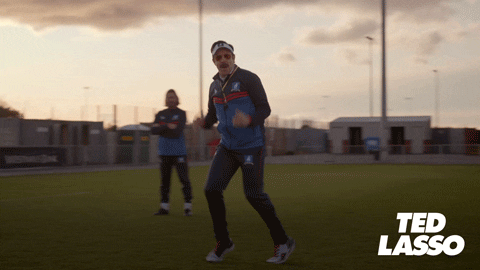
Think about your own personal yearly phase chart. Where are those dips you know will likely be coming? Can you plan to do creative acts of kindness? Could you build in your favorite project or plan for your students to engage in something you know they will love so you can feed off of their energy?
Consider those times of year that are the most challenging for you and think about ways you can build a sense of play or creativity into your classroom to help jumpstart your move into rejuvenation. Aguilar points to the many benefits of play including:
- stress relief
- Improvement in relationships
- Improvement in brain function
- Stimulates the mind and creativity
- Keeps us feeling young and energetic
As Lasso tells us "If you care about someone, and you got a little love in your heart, there ain't nothing you can't get through together." In the scene where Lasso experiences his anxiety attack, Rebecca finds him and helps him through the feelings. Who are those people for you?
In addition to Rebecca, Lasso has the "Diamond Dogs" We need people in our lives whose opinions matter. Brene Brown calls them your "Square Squad" because you should be able to write their names on a square piece of paper.
Brown tells us these are the people who love you because of your imperfections and vulnerabilities - they are not “yes” people
These people respect you enough to tell you when you’re not living your core values and not acting with integrity.
Here is a challenge. Write down the 3-4 people that function as your "Square Squad" as your "Diamond
Dogs" and reach out to them. Thank them for their place in your life and ask them to hold you accountable to your core values this year.
As I consider the start to the year and my own typical dips into disillusionment, I'm eternally grateful for my "Sassy Sisters" and the folks who help me get into "Good Trouble".
When we're in the thick of it this year, I know they will help to keep me moving.
So, as I sign off, I'll leave you with this Ted Lasso thought, I think Lasso would remember: "For me, success is not about the wins and losses, it's about helping these you [people] be the best versions of themselves on and off the field, and it ain't always easy, but neither is growing up without someone believing in you."
Your students are lucky to have you.
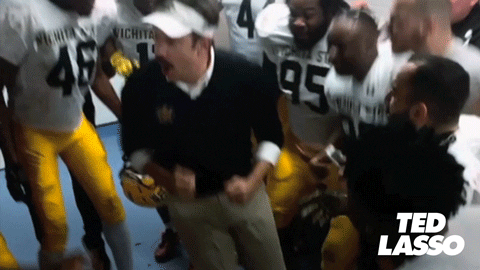
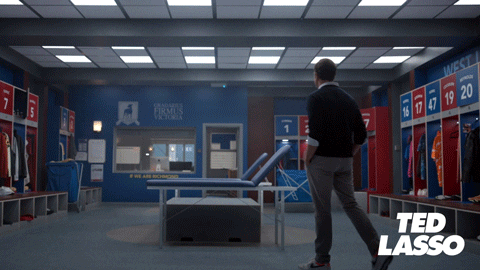
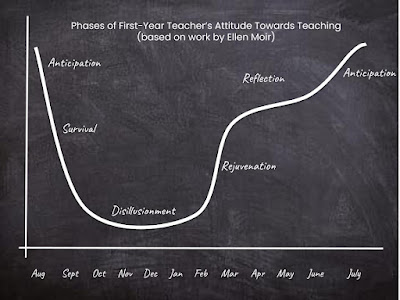


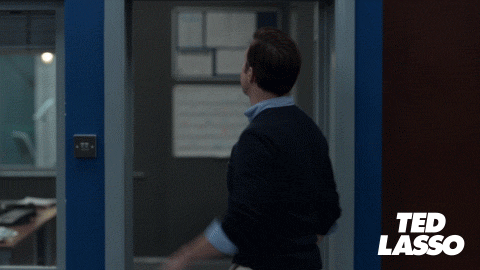
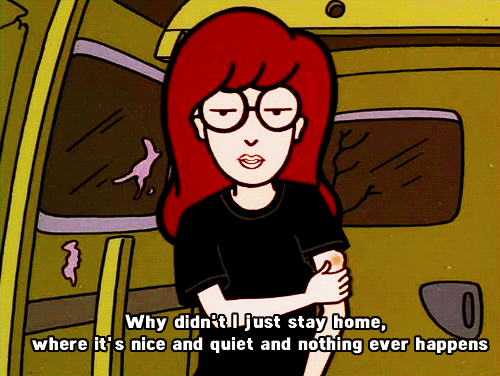
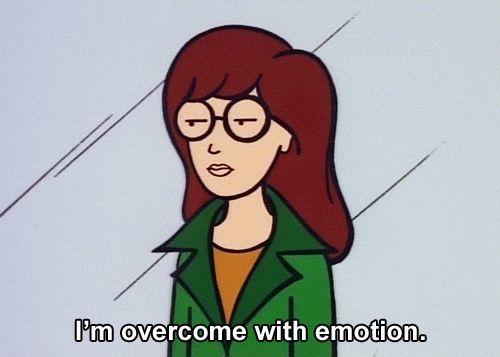
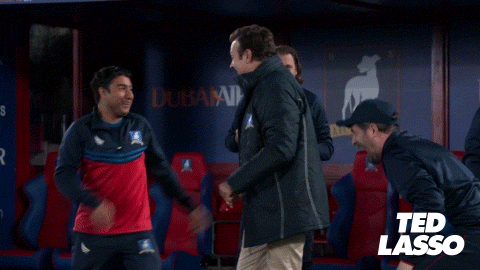
Your insights on the topic are really good and have given me a new perspective.Your writing style is engaging and has given me valuable food for thought.Your enthusiasm and passion for the topic shine through in this postfor sharing.
ReplyDeleteFor further improving the understanding about learning approaches we provide with a platform for Teaching, Difference, and Power.I would like you to visit our platform to register in different programs and workshops.
I really enjoyed reading your post on what Ted Lasso might do in various situations. His approach to leadership and problem-solving is genuinely refreshing and offers a lot of valuable lessons, both personally and professionally.
ReplyDeleteTed’s emphasis on kindness, positivity, and team spirit really resonates with me. It’s impressive how he manages to turn challenges into opportunities for growth and team bonding. I especially liked your point about how his approach could be applied to real-life leadership roles.
More at: Spanish courses in Spain
Great post on Ted Lasso's inspiring leadership style! It's refreshing to see how positive reinforcement and empathy can make such a big difference. Noco Nosh Coupon
ReplyDeleteOur Assignment Help London service offers expert academic assistance for essays, coursework, and dissertations. We ensure plagiarism-free, high-quality content tailored to your needs, delivered on time with complete confidentiality, helping students across London achieve their academic goals effortlessly.
ReplyDeleteI’ve been looking for a solution for my ED for quite some time, and I finally found it with Super
ReplyDeleteSuper P-Force 100 Mg from BeBetter Pharmacy. The ordering process was simple, and the delivery was incredibly fast. The medication worked as promised, and I couldn’t be happier with the results. I highly recommend BeBetter Pharmacy for anyone seeking reliable and discreet service!
I really liked your post about Top schools in Mathura.
ReplyDeleteimdb
veterinary
os.mbed
hypixel
clever
stck
blatini
free
Great post on Ted Lasso's inspiring leadership style! It's refreshing to see how positive reinforcement and empathy can make such a big difference. Office Space in delhi NCR
ReplyDeleteDigital Marketing Course in pitampura
ReplyDeleteDigital Marketing institute in pitampura